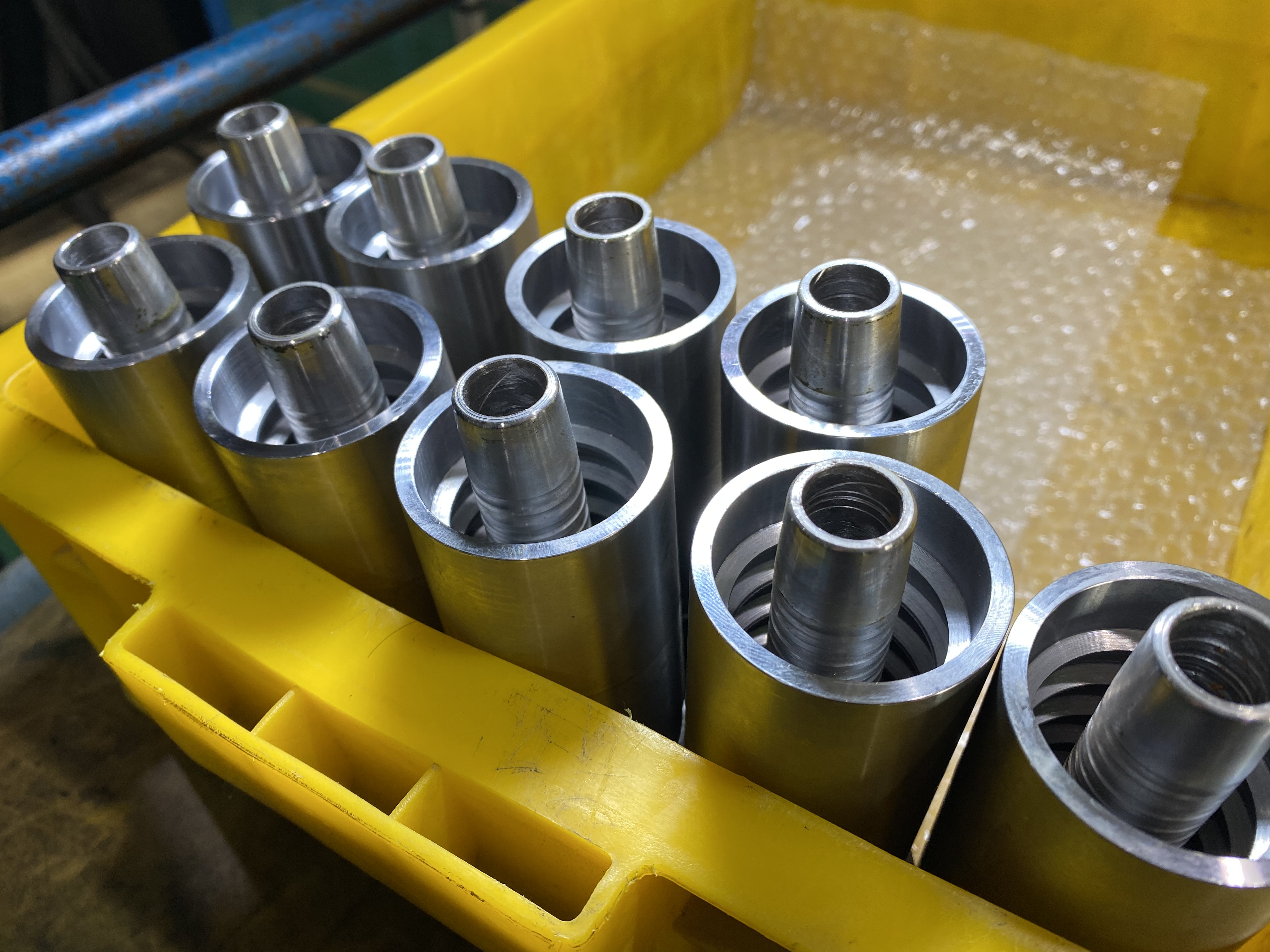Three Types of Cement Rubber Hose
2022-09-26 15:14:20
If you're looking for a cement rubber hose, you've come to the right place. This section contains information about industrial flexible wire steel hoses and stainless steel braided industrial hoses. All three of these materials are ideal for a variety of applications.
High pressure cement rubber hose 3 inches in diameter
These high pressure 3 inch cement rubber pipes are versatile tools for many jobs. They can be used in both commercial and industrial applications. They can withstand pressures up to 250 psi. They have a braided, synthetic reinforcement that resists twisting and kinking and can handle large volumes of flow. They can also withstand temperatures as low as -40 degrees Fahrenheit.
High pressure hoses are made to withstand high pressure for a long period of time. If you find that your hose is not holding up to the pressure, it is time to replace it. Although it is possible to repair a hose, it is better if you replace it with a brand new one. A brand new high-pressure, high-quality hose is unbeatable.
Oilfields use high pressure cement rubber hoses. They are designed for high-pressure applications such as cement transfer and dry powder products. The Unisource Series 2340 Hoses are ideal for transporting dry cement and sand/water mixtures. The material's high tensile steel cables and natural rubber tube help protect it from abrasion. They also feature a black SBR cover to resist ozone and weather damage.
Industrial flexible wire steel rubber hose
Industrial flexible wire steel rubber hose is used in the transfer of petroleum-based products. This hose can be used in industrial, commercial, or marine applications. These hoses are made from high-quality synthetic rubber that resists abrasion, twisting, and kinks. They can withstand up to 250 psi working pressure and are suitable for a wide range of applications. This type of hose can also be crimped or banded for extra protection.
Industrial flexible wire steel rubber hose for high-pressure cement is a versatile hose for many applications. This type of hose is resistant to high-pressure and temperature and is woven with steel wires to provide extra strength. It is also available with a non-conductive carbon-free coolant hose. It can be used in a variety applications, including shotcrete, plaster, and grout. They can also be used to connect hard piping and pumping apparatus.
Local hose shops can sell industrial flexible wire steel rubberhose for high-pressure cement. These hoses are great for industrial purposes and are available in a wide range of sizes. You can choose from high-pressure, medium-pressure, or low-pressure models. You can also choose oil-resistant or carboxylated Nitrile-coated hoses.
Stainless steel braided industrial hose
Stainless steel braided industrial hoses are made of corrugated stainless steel tubes and feature an external stainless braiding. This hose is used in high temperature and high pressure applications. These hoses are available in many sizes and configurations and are especially popular for permanent piping installations. They are available in NPT male or female couplings and are available in both single and double braided constructions.
These hoses are engineered to deliver pressure and performance, but their design and characteristics will vary depending on the application and operating environment. The most important parameters are size, pressure and weight, length, curvature and chemical durability. These characteristics help ensure that a hose meets your needs and will last for years.
High pressure cement rubber hoses made of stainless steel braided industrial pipes are a great choice for specialized oil-and-gas applications. They are able to withstand high pressure and high temperatures, and can handle a variety of fluids. These hoses are made of a double layer of braided steel and are designed to comply with the Material Handling Institute's (MHI) IJ-100 hose specification. A double-layer rubber cover is available to reduce the likelihood of damage to the hose from abrasion and to enhance the life of the hose.